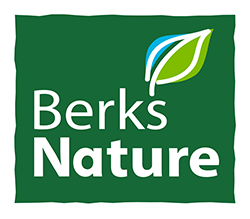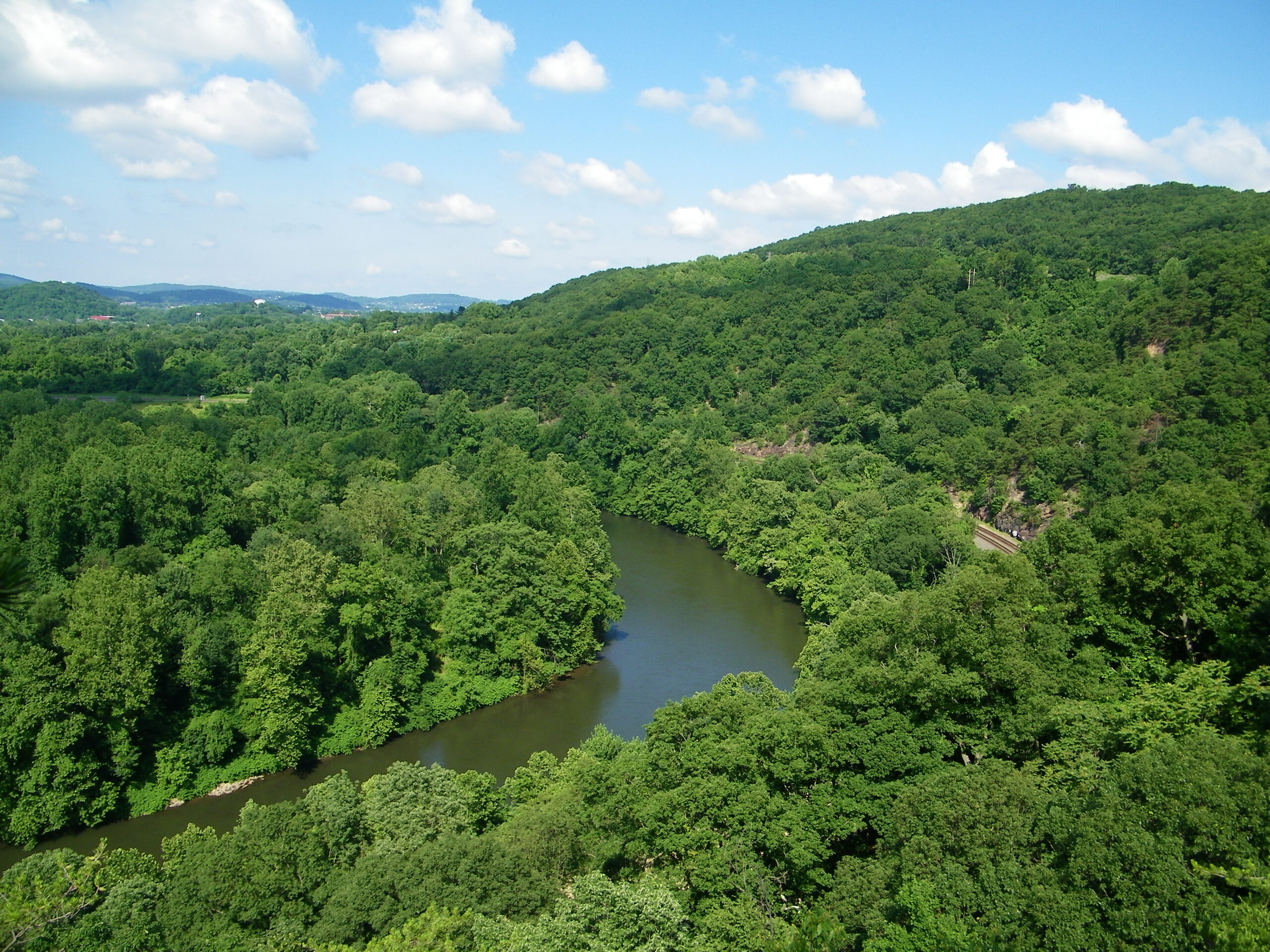Reading is sheltered by two sister peaks.
To the east stands Mount Penn (arguably the more popular of the sisters).
To the south, Neversink Mountain, whose name is derived from the indigenous Lenape word, “navasink,” meaning “at the promontory,” watches over the complex ecotone between the City of Reading and the verdant valley of the Schuylkill River.
Neversink Mountain once hosted a spectacular, albeit ephemeral, resort community attracting pleasure seekers from as far as Philadelphia through the 1930s. After the hotels had burned down, the mountain’s trees timbered, and its lithic soils quarried, the people of Reading stopped paying much attention to their guardian in the south.
An important few were able to look past Neversink’s wounds and found a conservation opportunity lay in waiting among the boulders and oaks.
First to notice was the Pennsylvania Heritage Program (PNHP), which, in 1992, published a Natural Heritage Area Inventory (NHAI) to prioritize the County’s most critical and sensitive historic, scenic, and natural resources.
Among the NHAI’s top sites, Neversink Mountain rose to prominence, for harboring a remarkable concentration of sensitive biodiversity, especially considering the mountain’s urban proximity.
These findings marked a new era of recognition and protection for Neversink Mountain, a county-wide commitment reflected both in the 1994 Berks County Open Space and Recreation Plan and in Berks Nature’s land protection priorities.
After receiving a major grant from the William Penn Foundation in 1988, Berks Nature launched our first wave of land acquisitions and easements on Neversink Mountain. The campaign also found an ally in the Clinton Earl Trust, a giant in Berks County conservation.
Over the next 10 years, in cooperation with Berks County and the City of Reading, Berks Nature facilitated the acquisition of over 450 acres on Neversink Mountain. Today, a total of 540 acres are owned or leased by Berks Nature for management and public use and another 55 acres are preserved under private conservation easements.
Berks Nature continues to serve as the mountain’s primary steward, and in the scars of the mountain’s past injury hope and healing have taken root.
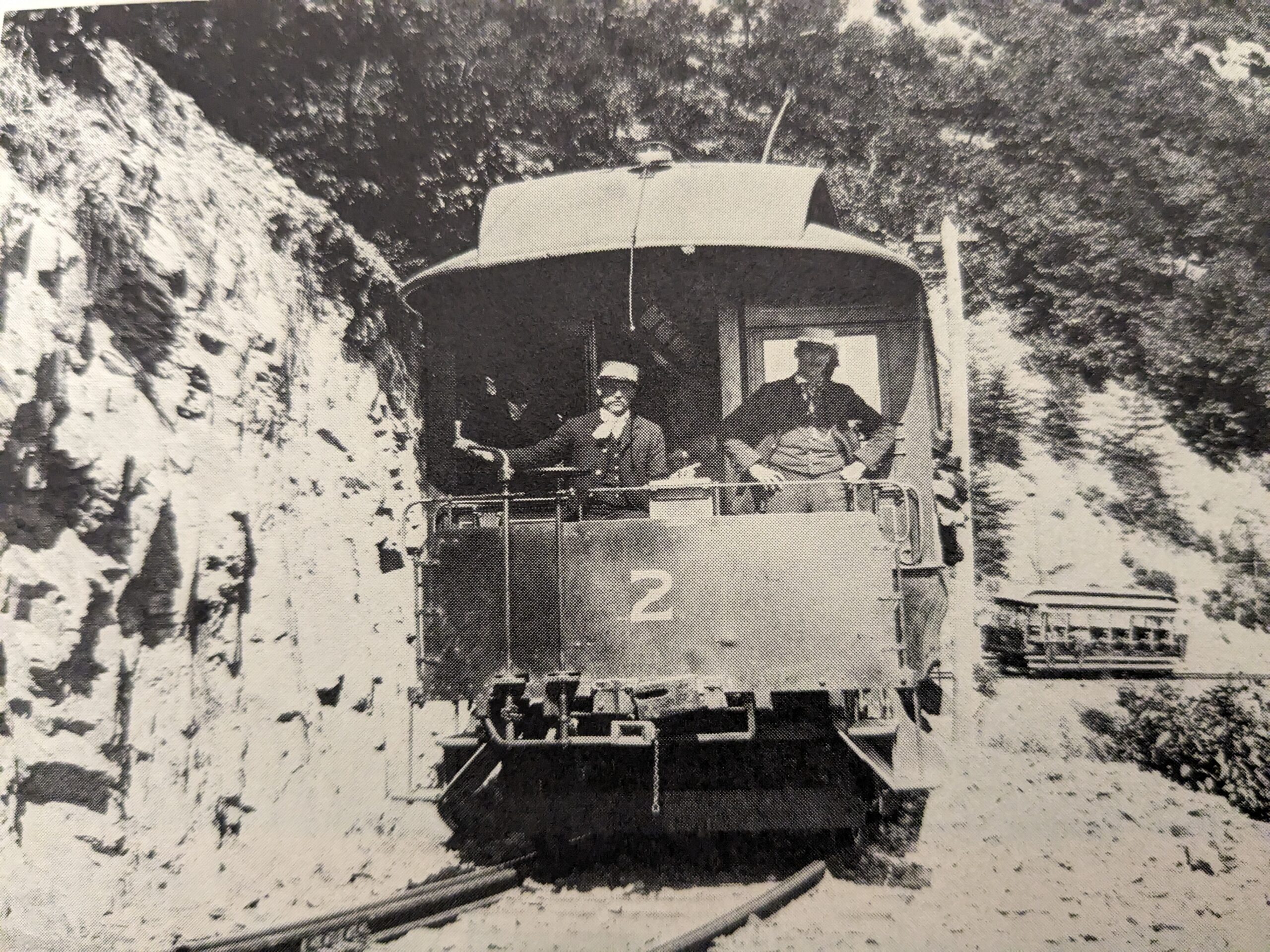
The historic Neversink Mountain Railroad
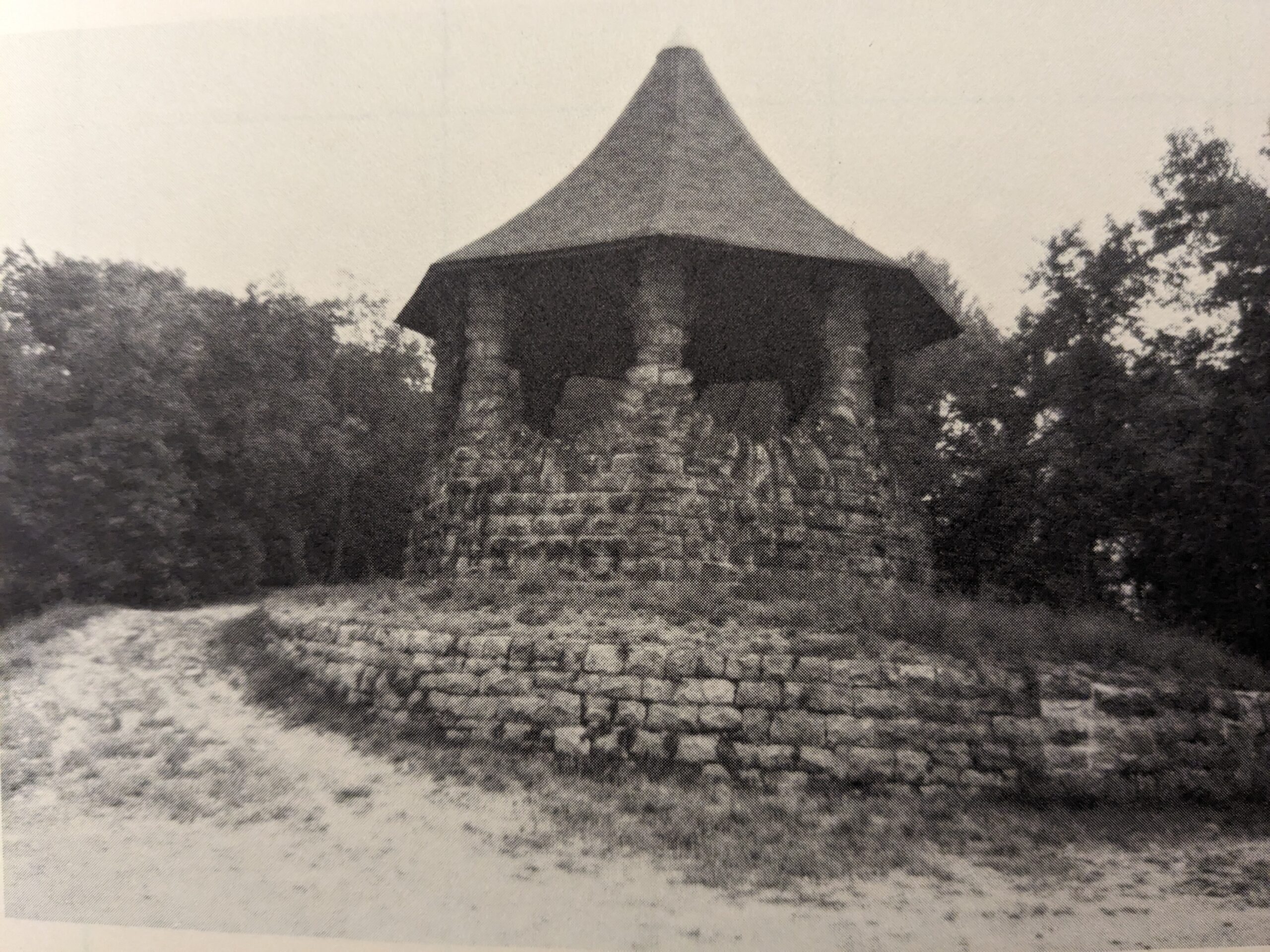
The historic Neversink Mountain Hotel
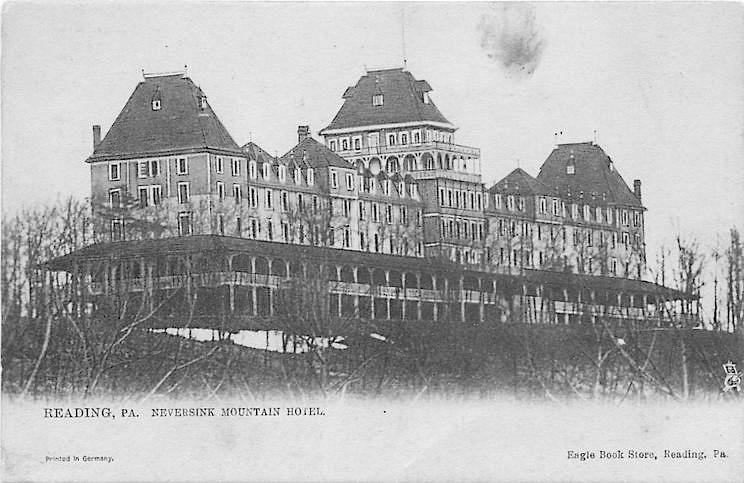
The historic Neversink Mountain Hotel
Neversink Mountain is being intentionally managed as a “community forest” – an untraditional nature preserve where management priorities are designed to benefit the local human community while still protecting and nurturing biodiversity.
Over nine miles of hiking trails now trace the abandoned railway tracks, allowing people to explore and enjoy Neversink’s natural gifts without further fragmenting its wildlife habitats.
Thanks to some progressive thinking and partnership between the Metropolitan Edison Company (Met-Ed) and Berks Nature, the forest clearing cut for an electricity transmission line has become a refuge for vulnerable wildlife.
The Clearing in the Woods
Neversink Mountain’s Unexpected Sanctuary
Met-Ed erected its first electricity transmission line on Neversink Mountain in 1927, which was followed by additional power line installations in the 1950’s and 1970’s. Together, these transmission lines cut up from the southwest corner of the Preserve as one prominent corridor interrupting Neversink’s otherwise wooded ridge.
This corridor of cleared land is managed by Met-Ed under an easement know as a right-of-way. To adhere to all Federal, State, and Local laws and statutes, electric utilities like Met-Ed must keep their right-of-ways free of all “incompatible vegetation” – any plants that may grow tall enough to interfere with overhead electric facilities or otherwise threaten safe and reliable operation of the electric system.
However, vegetation management with no objective can impact wildlife habitat.
Shrunken forest patches aren’t suitable for wildlife that require vast and lush acres of interior woodland, especially as invasive colonizers, now emboldened by the increased light and space created through fragmentation, aggressively infiltrate what was once beyond their reach.
When first constructed, just one mile of 100 ft-wide right-of-way installed through a forest can remove approximately 12 acres of trees.
Electric utilities often use herbicides to clear and maintain these right-of-way clearings. When applied accordingly, herbicides can effectively halt the growth of problematic, tall-growing vegetation. But when responsible application instructions are neglected, the surrounding plant community can suffer unintended consequences, resulting in more harm than good.
This is not the case for Neversink Mountain’s right-of-way corridor.
On Neversink Mountain, what began as the loss of precious forest habitat, rich with wildlife, has evolved into a conservation opportunity.
Decades of removing tall-growing, woody plants from the right-of-way corridor have effectively pressed pause on ecological succession, allowing increasingly rare grassland habitat to take hold.
In any given place, the biological community will naturally change overtime as the interactions between resident plants, animals, and microbes inevitably alter the physical and chemical conditions of their environment. As these conditions change, so too do the organisms best suited to live there and thus new denizens come and go.
This ecological succession follows a consistent pattern: disturbed or open areas, high in resources and light, are quickly populated by pioneers like blooming annuals and, later, grasses. Overtime, woody shrubs and young saplings take root and ultimately, scrubby grasslands give way to forests.
But our dynamic system of successions does not stop with forests. Naturally occurring disturbances – flood, fire, wind, and weather – are Mother Nature’s most effective tools for re-initiating succession: felling trees to create sunlit clearings and burning through shrubland to revitalize grassy meadows.
Historically, the eastern region of the U.S. has been a patchwork landscape of forests and grasslands in varying degrees of succession. Fire, both naturally occurring and wielded by indigenous tribes in the past to clear land for agriculture, suspended succession and allowed grasslands to grow.
European settlers followed suit, clearing more forest for croplands and pastures. At the time, agricultural practices were compatible with wildlife habitat needs creating ecologically valuable grasslands, despite the human utility of these areas.
Today, however, grassland is one of the fastest disappearing habitats in the U.S. and across the globe.
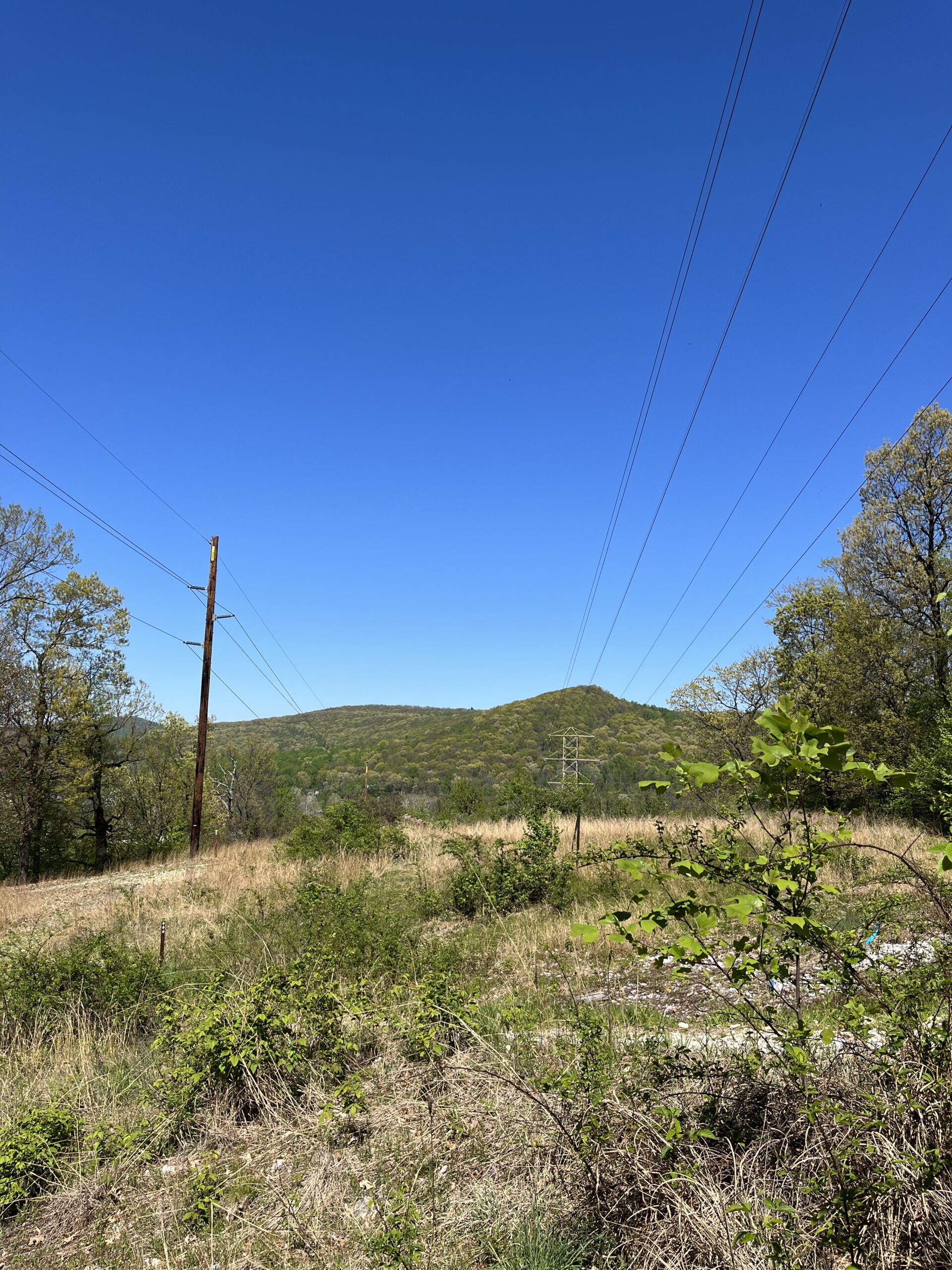
Shrubby meadow grows in the rocky soils underneath Med-Ed’s power lines.
It may seem like the most unlikely location, but under the high-voltage transmission lines of right-of-way clearings, grasslands and meadows are finding an unexpected refuge. Removal of tall, woody, or otherwise incompatible vegetation meant to protect power lines has had the dual effect of suspending ecological succession, allowing grassland communities to take root.
By supporting these grassland plant communities, utility right-of-ways can provide wildlife habitat, rich in biodiversity, offering new ecological value. Still, to truly achieve these grassland havens, electric utilities must manage the vegetation in their right-of-ways carefully and intentionally, which is exactly how Met-Ed has approached Neversink Mountain.
Met-Ed and Berks Nature have partnered together to manage Neversink’s right-of-ways as a transitional landscape of scrubby grassland. This ecologically sensitive and integrative vegetation management approach is coordinated closely with Berks Nature in order to protect rare plants and sensitive wildlife, thus enhancing native wildlife habitats.
Berks Nature is actively monitoring the Neversink Mountain right-of-way to not only assist Met-Ed with the implementation of their conservation-focused management strategy but to track the impacts of these efforts to grow grasslands rich in native plants and wildlife.
By taking these steps and working with Berks Nature, Met-Ed is cultivating an increasingly rare grassland habitat, providing a critical sanctuary for the community of sensitive species that call these transitional spaces home.
Our work, and our role as a community, continues. Overbrowsing by deer is opening the door for disruptive, non-native species to invade Neversink’s forests, and trail abuse, from trash dumping to cutting unapproved “social” trails, threatens the sustainability of passive recreation on Neversink Mountain.
Your community forest needs you.
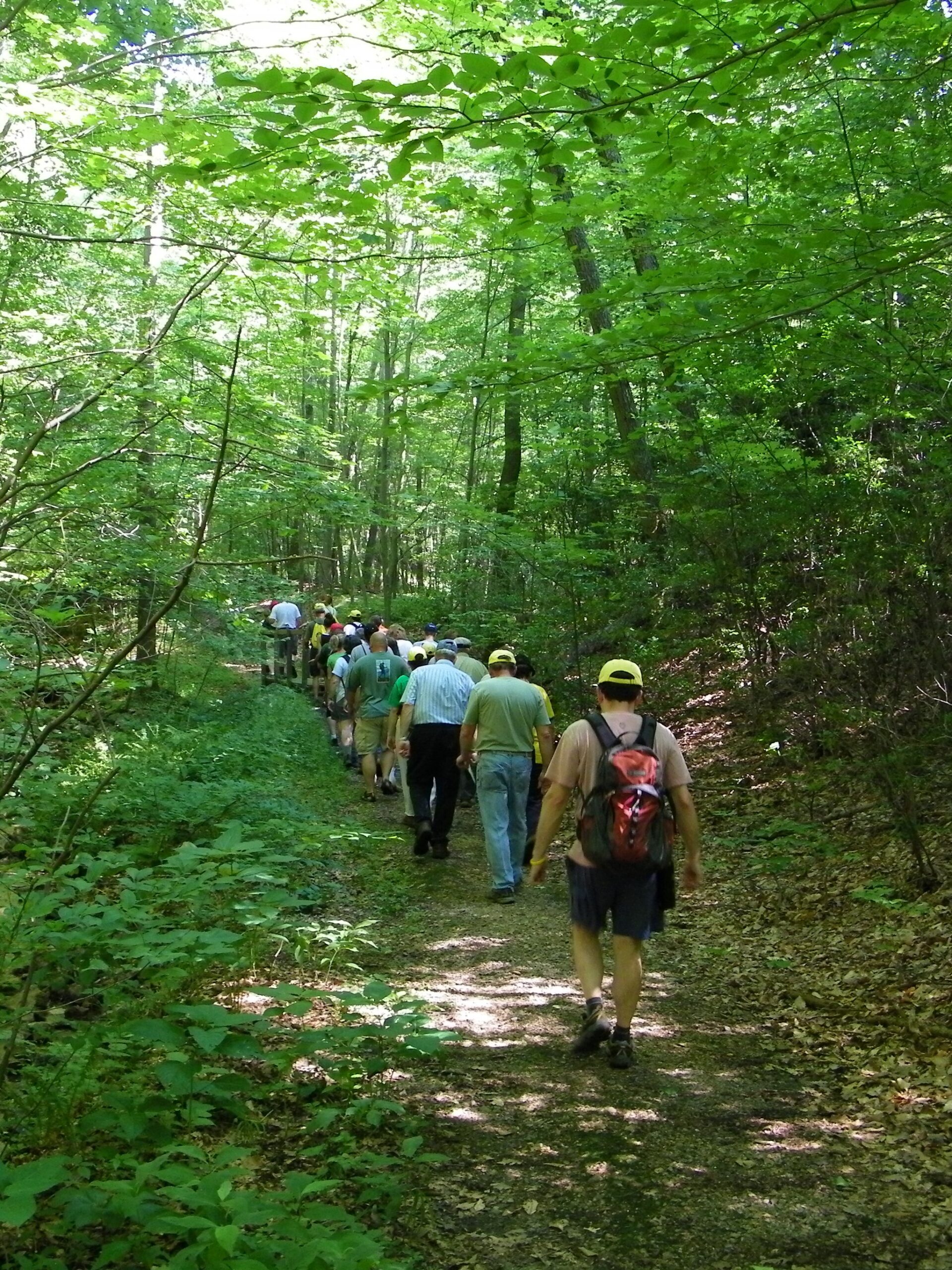
Hikers on Neversink Mountain.
